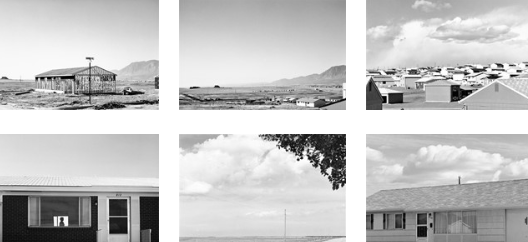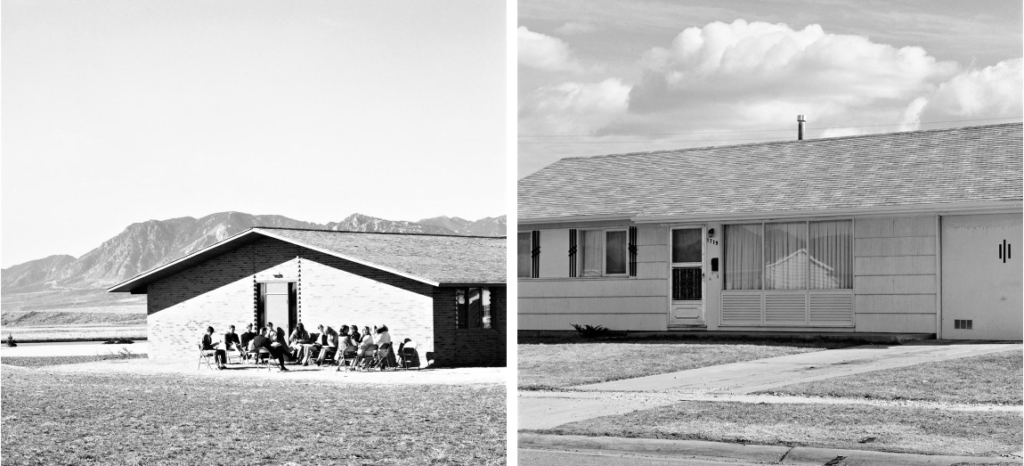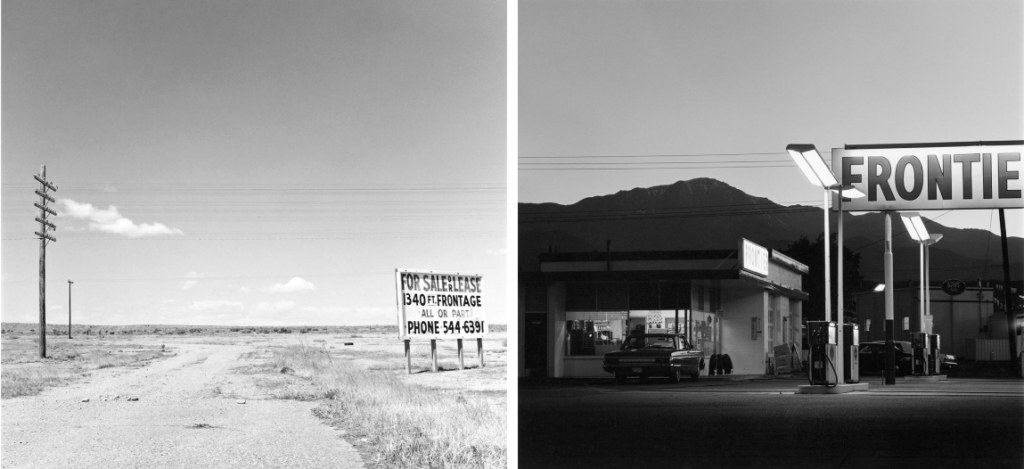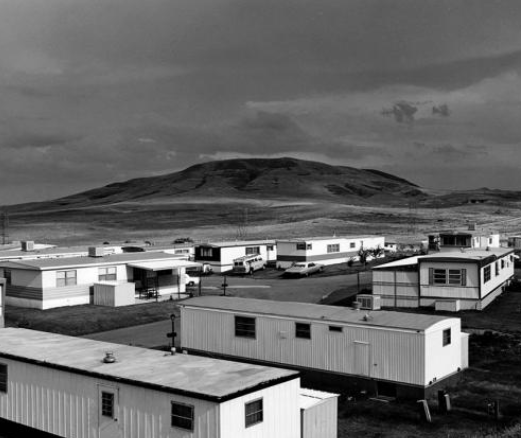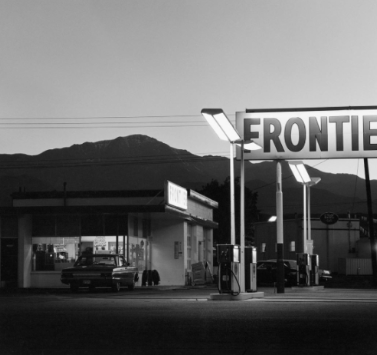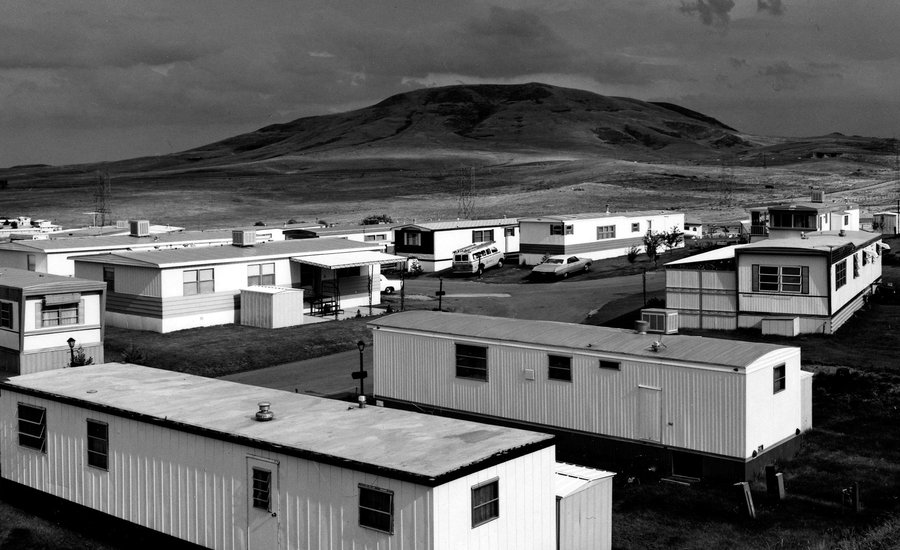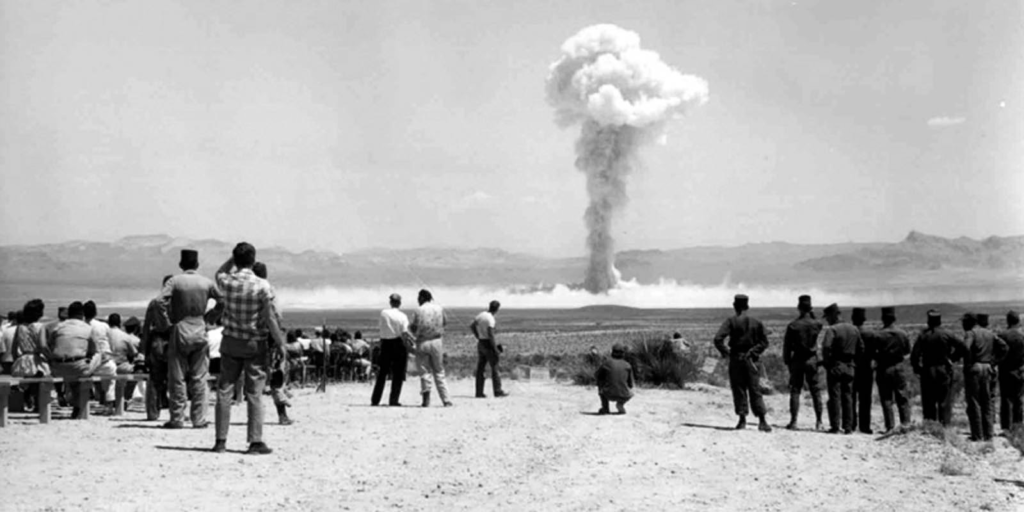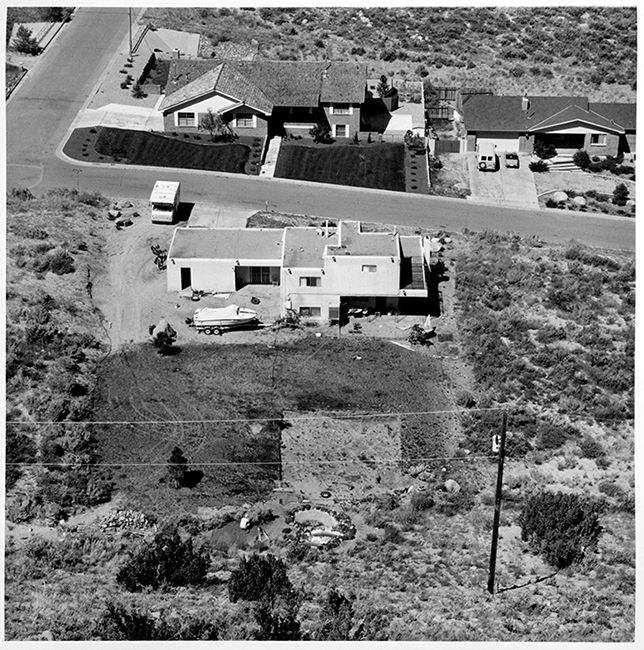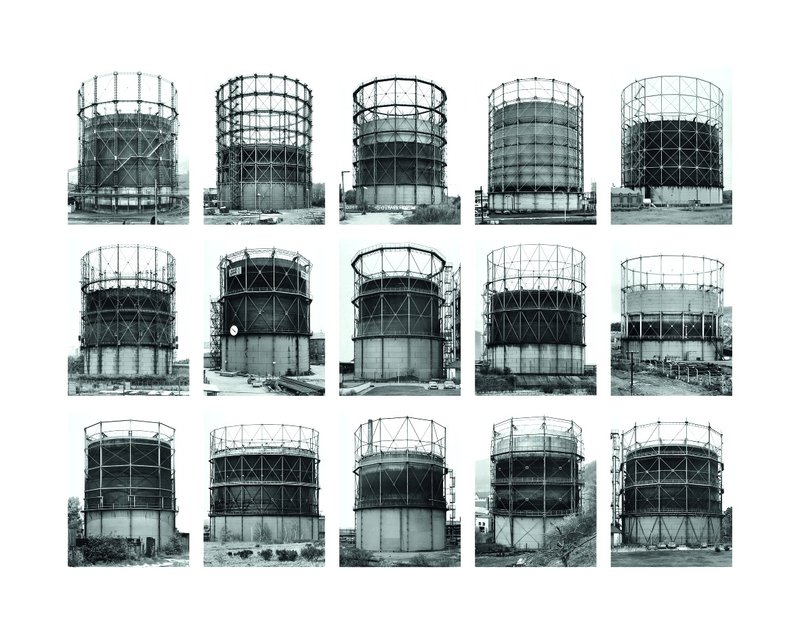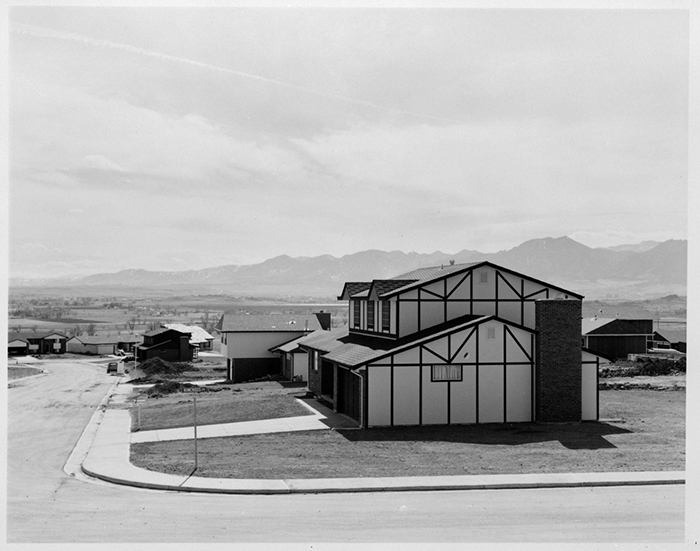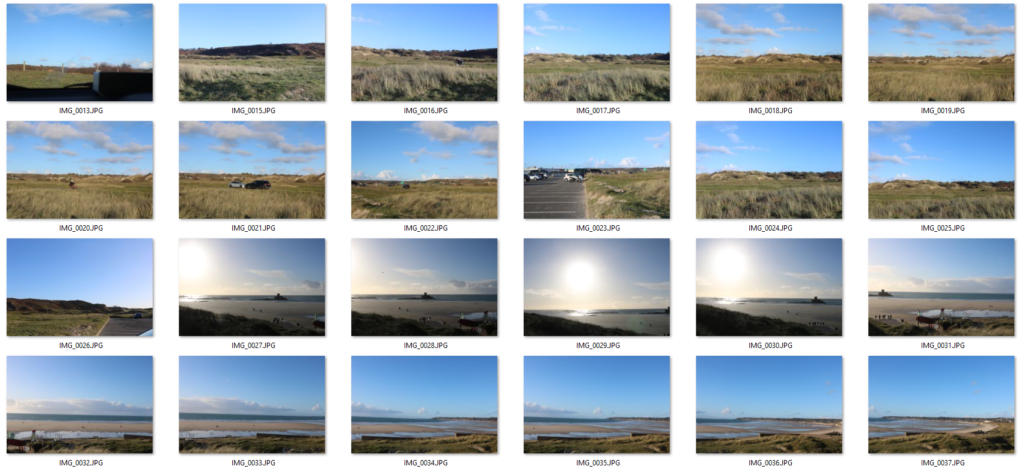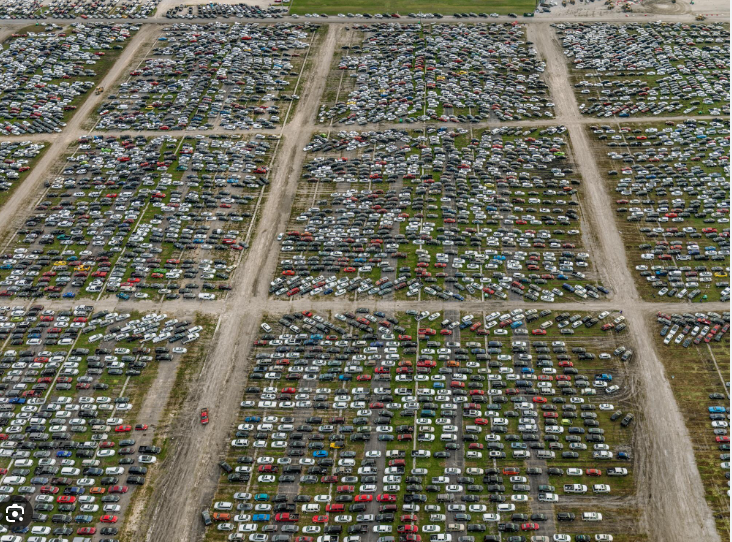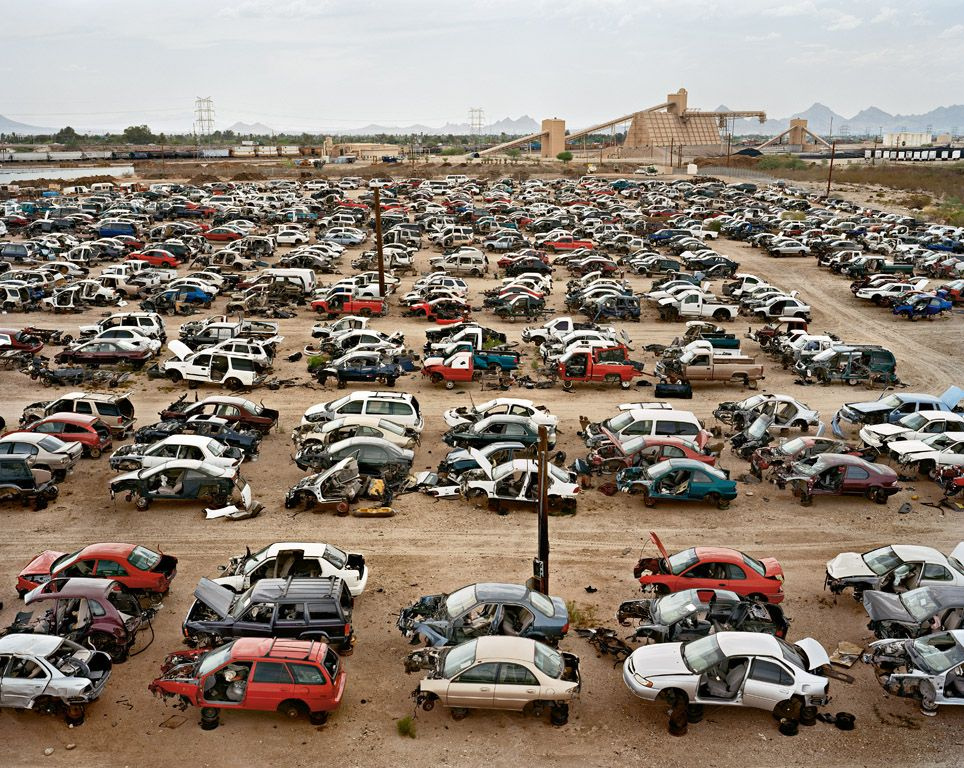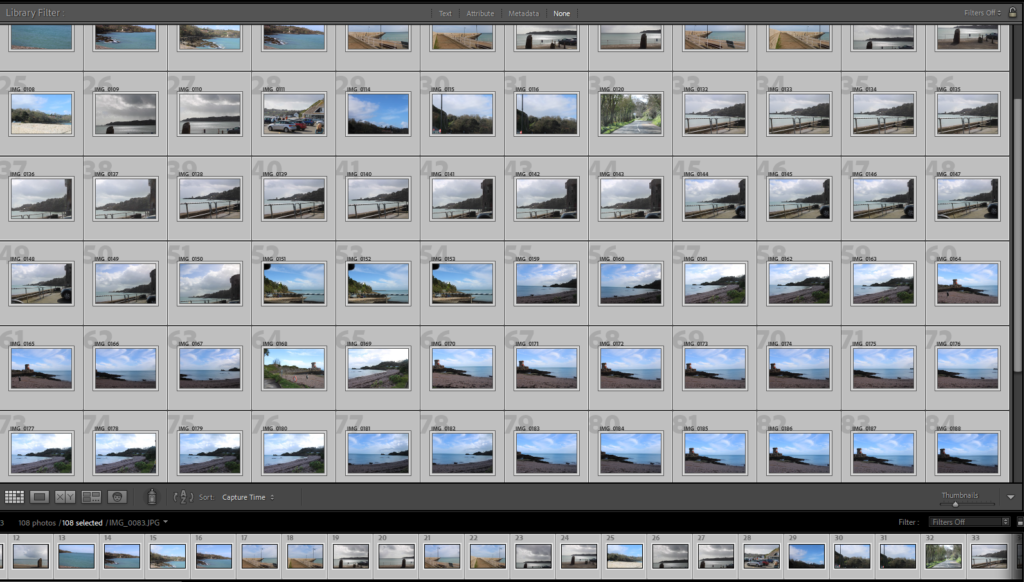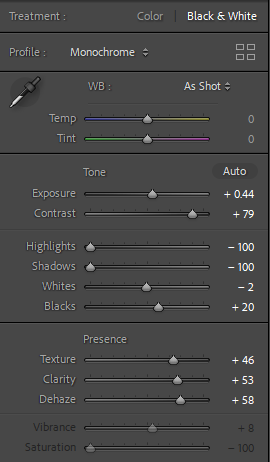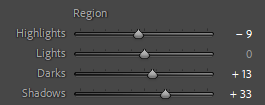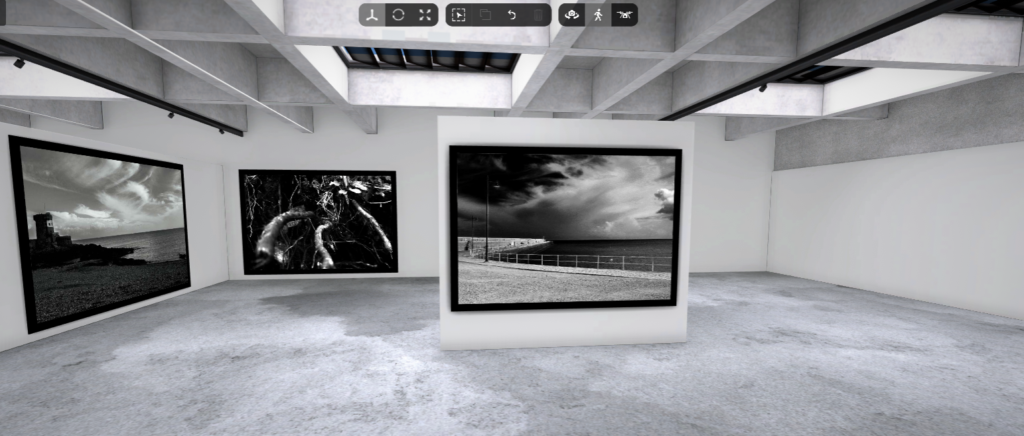Origin of Ansel Adams

Ansel Easton Adams was born February 20, 1902, in San Francisco, California. His family came to California from New England, having migrated from Ireland in the early 1700s. His grandfather founded a prosperous lumber business, which Adams’ father eventually inherited. Adams is most known for his stunning photos of the American wilderness.
Ansel Easton Adams was an American landscape photographer and environmentalist known for his black-and-white images of the American West. Ansel’s photography is known for its realist style. Rather than using a pictorialism style. Adams’s career spans over seven decades and a wide range of subject matter, including portraits, still life’s and the landscapes for which he is most famous.
Visualization
Ansel Adams describes it as the ability to see the scene you photograph and recreate in your mind, relying on the information you receive from the scene and on your developing intentions that you picture inside your head and the way you take the photo can resemble you as a person as your the one who pictured it to be or look a certain way.
A Legacy exhibition is a comprehensive survey of Adams’ artistic career which he is famous for and made loads of money from it.
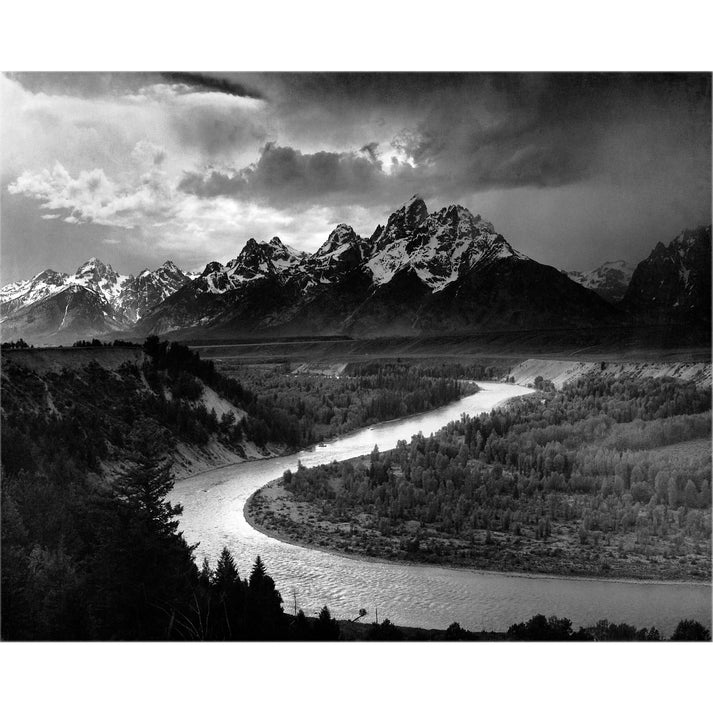
What is Ansel Adams famous for?
Ansel Adams is one of America’s most famous photographers and is known for his stunning photos of the American wilderness and his passion for conservation. He outlines the beauty within America with the way he looked at art and his perspective towards it.
Here is one of his quotes.

This quote shows us how and why he loved photography. He perceived them in a way of a beauty and such natural photos. He didn’t go over the top and just took photos of a his natural setting.
Adams assisted Beaumont Newhall and David McAlpin in forming the Department of Photography at the Museum of Modern Art in 1940.
Analysing Adams photos
Many of Adams photos have either balance or symmetry but mostly balance as its a landscape with some elements of romanticism in them. He goes into a lot of depth in his photos and shows us beautiful, aesthetic nature. The mid ground are usually all in line and the background are usually calm with dark colours. The scale of each photograph is large. It shows a massive background and loads of different elements to be looked at, not all drawn or focused on one thing as it has a wide variety of things in the image which is what makes it so interesting and unique. The light intensity of Adams photos are usually quiet dark colours such as grey black and white, usually not using many colours, the temperature is cold and intense. the colours are cold and the effects of these colours are a lot as it sums up the whole picture. There are quiet a lot of shadows in his images as they are all quiet dark colours. It has a strength evoke emotion and energy, reflect mood, and give a narrative to images. The texture seems to be quiet smooth with some edges and corner because of the landscape photography and the surface is very detailed. Last but not least his tonal values are quiet low as shown in the image below.
Edward Weston
Edward Henry Weston was an American photographer. He has been called “one of the most innovative and influential American photographers” and “one of the masters of 20th century photography, best known for his carefully composed, sharply focused images of natural forms, landscapes, and nudes.
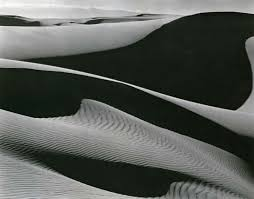
Weston was a modernist. Along side with Ansel Adams, Weston pioneered a modernist style characterized by the use of a large-format camera to create sharply focused and richly detailed black-and-white photographs with a range of different backroads and shades of colours.
Weston V Adams
They concentrated upon natural subjects, Adams tending towards monumental depictions of hulking mountains or clouds, and Weston tending more toward intense close ups of smaller objects such as fruits and vegetables. You can see the resemble in both artist photography even though one is more about nature another is mainly focused on smaller objects.
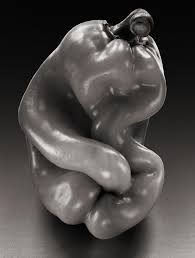

Both photographers have great talent and have had many rewards and contributions due to their work.
Edward Weston and Ansel Adams were two of the foremost American photographers of the twentieth century. Weston and Adams- Californians were good friends, achieved an influential modernist aesthetic, and created images. They concentrated upon natural subjects, Adams tending photographing mountains or clouds, and Weston tending more toward intense close ups of smaller objects such as fruits and vegetables. Adams usually chose to focus upon the rush of a mountain stream or some other natural movement, rather than the social or political currents of his day. Whereas Weston brought a deep timelessness to his photographs with using close up of fruits or smaller object’s within his photography.


